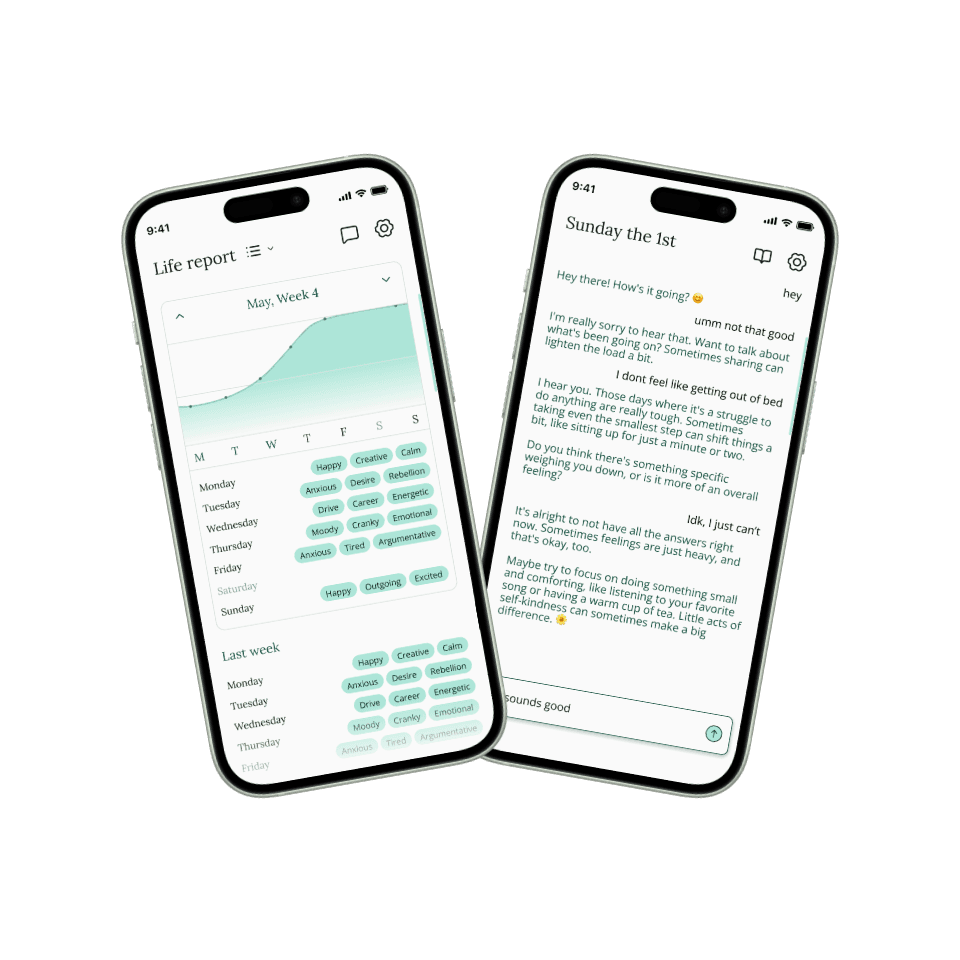
Find out your communication style with your therapist
Find out your communication style with your therapist
Jul 21, 2024
Jul 21, 2024
I remember my first therapy session. I walked in with a notebook full of things I wanted to say, only to find myself staring at my shoes for the first ten minutes. It turns out, that silence spoke volumes. Since then, I've learned that there's no "right" way to communicate in therapy. Some of us are chatterboxes, while others prefer to take our time. Some paint vivid word pictures, while others stick to the facts.
In this blog post, we're going to explore the colorful spectrum of communication styles in therapy. Whether you're a seasoned therapy-goer or considering your first session, understanding these styles can help you make the most of your therapeutic journey. So, let's dive in and celebrate the many languages of healing
Silent Explorer
Silent Explorers enter therapy with a quiet demeanor, their thoughts and feelings locked behind a wall of silence. This isn't necessarily resistance; often, it's a process of internal exploration. These individuals may need time to sift through their thoughts before sharing them aloud. For the silent explorers, nonverbal cues become a powerful language.
Verbal Processor
On the other end of the spectrum are those who process their thoughts through speech. They may enter a session with a flood of words, ideas tumbling out in rapid succession. It's as if speaking aloud helps them make sense of their own experiences. While this style can lead to rich, detailed narratives, it can sometimes obscure core issues.
Metaphor Maker
Some individuals naturally gravitate towards figurative language, using analogies and metaphors to describe their emotional landscape. A client might say, "I feel like I'm treading water in an ocean of expectations." This vivid imagery provides a starting point for deeper exploration.
Metaphor makers often benefit from creative therapeutic approaches. Art therapy, sandtray work, or even simple drawing exercises can help them externalize and explore their internal symbolism.
Emotional Expressive
For Emotional Expressives, emotions are the primary language of therapy. They may struggle to articulate thoughts but can readily identify and express feelings. These individuals might enter a session saying, "I don't know why, but I just feel so angry today."
Analytical Thinker
Some approach therapy with a logical, analytical mindset. They may prefer to discuss problems in terms of facts and rational analysis rather than emotions. While this can lead to insightful discussions, it can also serve as a defense mechanism against deeper, more vulnerable feelings.
Story Weaver
Narrative is a powerful tool in therapy, and some of us naturally gravitate towards storytelling. These individuals often recount events in rich detail, weaving personal anecdotes into their sessions. While this can provide valuable context, story weavers need to also understand their narratives to underlying patterns and emotions.
There's no one-size-fits-all approach to communication in therapy. The beauty of the therapeutic process lies in its ability to adapt to each individuals unique style. Over time, many people find that their communication evolves, incorporating elements from different styles as they grow and heal.
In the end, the language of healing is as diverse as the human experience itself. Whether through words, silence, emotion, or metaphor, each client finds their own path to self-expression and growth in the therapeutic journey. Which type of communicator are you in your sessions?
I remember my first therapy session. I walked in with a notebook full of things I wanted to say, only to find myself staring at my shoes for the first ten minutes. It turns out, that silence spoke volumes. Since then, I've learned that there's no "right" way to communicate in therapy. Some of us are chatterboxes, while others prefer to take our time. Some paint vivid word pictures, while others stick to the facts.
In this blog post, we're going to explore the colorful spectrum of communication styles in therapy. Whether you're a seasoned therapy-goer or considering your first session, understanding these styles can help you make the most of your therapeutic journey. So, let's dive in and celebrate the many languages of healing
Silent Explorer
Silent Explorers enter therapy with a quiet demeanor, their thoughts and feelings locked behind a wall of silence. This isn't necessarily resistance; often, it's a process of internal exploration. These individuals may need time to sift through their thoughts before sharing them aloud. For the silent explorers, nonverbal cues become a powerful language.
Verbal Processor
On the other end of the spectrum are those who process their thoughts through speech. They may enter a session with a flood of words, ideas tumbling out in rapid succession. It's as if speaking aloud helps them make sense of their own experiences. While this style can lead to rich, detailed narratives, it can sometimes obscure core issues.
Metaphor Maker
Some individuals naturally gravitate towards figurative language, using analogies and metaphors to describe their emotional landscape. A client might say, "I feel like I'm treading water in an ocean of expectations." This vivid imagery provides a starting point for deeper exploration.
Metaphor makers often benefit from creative therapeutic approaches. Art therapy, sandtray work, or even simple drawing exercises can help them externalize and explore their internal symbolism.
Emotional Expressive
For Emotional Expressives, emotions are the primary language of therapy. They may struggle to articulate thoughts but can readily identify and express feelings. These individuals might enter a session saying, "I don't know why, but I just feel so angry today."
Analytical Thinker
Some approach therapy with a logical, analytical mindset. They may prefer to discuss problems in terms of facts and rational analysis rather than emotions. While this can lead to insightful discussions, it can also serve as a defense mechanism against deeper, more vulnerable feelings.
Story Weaver
Narrative is a powerful tool in therapy, and some of us naturally gravitate towards storytelling. These individuals often recount events in rich detail, weaving personal anecdotes into their sessions. While this can provide valuable context, story weavers need to also understand their narratives to underlying patterns and emotions.
There's no one-size-fits-all approach to communication in therapy. The beauty of the therapeutic process lies in its ability to adapt to each individuals unique style. Over time, many people find that their communication evolves, incorporating elements from different styles as they grow and heal.
In the end, the language of healing is as diverse as the human experience itself. Whether through words, silence, emotion, or metaphor, each client finds their own path to self-expression and growth in the therapeutic journey. Which type of communicator are you in your sessions?
View more insightful blog articles
Today's tune



Track your mental health and get support between sessions with Verba
Learn more

Track your mental health and get support between sessions with Verba
Learn more

Track your mental health and get support between sessions with Verba
Learn more

Advait Naik
Advait is the founder of Verba and is working at the intersection of psychology, design and technology to create Verba, an app that helps us be more self aware through clarity and communicate our life in therapy